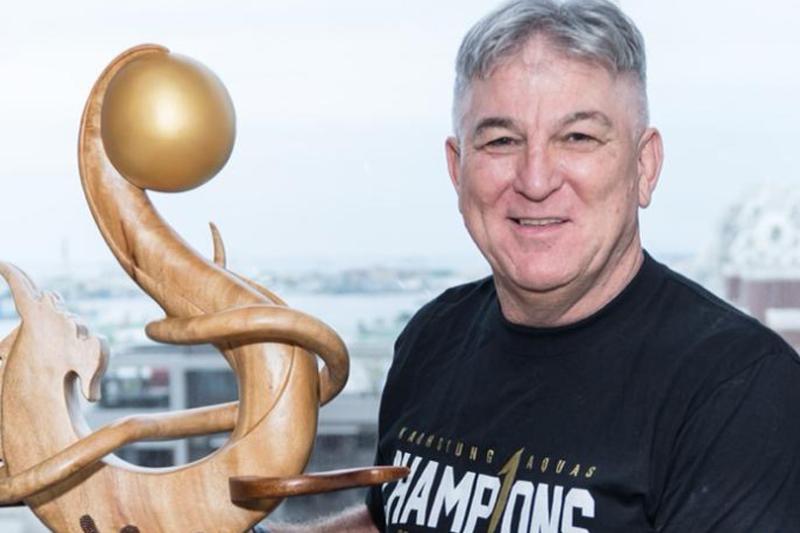What has Morrison’s ‘big stick’ to cut power bills achieved? Nothing, as far we can tell

The Morrison government has spent years bringing in a law supposed to ensure electricity retailers pass on lower prices to customers. Yet so far that law appear to have achieved nothing, except add to regulatory red tape.
The so-called “big stick” law, threatening to punish electricity retailers for not passing on wholesale cost reductions, came into effect in June 2020, about 20 months after new Prime Minister Scott Morrison first proposed them and more than three years after he, when treasurer, directed the Australian Competition and Consumer Commission to inquire into the retail power market.
In mid-2018, the competition watchdog reported that consumers weren’t getting the best deal and made 56 recommendations to bring down prices.
But none of those 56 recommendations involved the “big stick” retail pricing law Morrison promised in October 2018. That law would give the federal government the power to break up any electricity retailer failing to make “reasonable adjustments” to its prices in response to “sustained” and “substantial” fall in wholesale prices.
This level of market intervention by a Coalition government was unprecedented and considered by the industry and other experts to be a significant over-reach (as expressed in submissions to the Senate committe inquiry into the proposed bill. Morrison’s plan provoked consternation in the industry, as well as revolt in the government’s own backbench.
There was a failed attempt in 2019 to get the legislation through parliament, before a watered-down version of the bill – the Treasury Laws Amendment (Prohibiting Energy Market Misconduct) Act 2019 – was passed in November 2019. This limited punishment to public warning notices (naming and shaming) and fines of up to A$126,000.
So what has the retail pricing law achieved?
Almost two years since it came into effect, there’s no evidence – from the competition watchdog or any other body – that all this effort has achieved anything.
In fact, there’s no evidence there was ever a problem to solve, and that the “big stick” law was “the only way to tame power prices”, as federal energy minister Angus Taylor declared in 2019.
Was there a problem to fix?
As treasurer, Morrison had directed the competition watchdog to investigate retail electricity pricing in response to electricity prices almost doubling in a decade.
The Australian Competition and Consumer Commission’s inquiry report, published in July 2018, did conclude there was “a serious electricity affordability problem for consumers and businesses”.
Among the “many causes” it identified were customers being made to pay unnecessary costs (for instance, to help pay for past over-investment in state-owned electricity lines and poles) and the lack of competition in the wholesale markets.
What it didn’t identify as a problem was retailers failing to pass on falling wholesale prices. Consequently its report made no recommendation about this.
There’s just no evidence
At the Victoria Energy Policy Centre we’ve sought to verify if retailers were failing to pass through falling wholesale prices.
Our finding, based on analysing almost 19,000 households in Victoria and the hundreds of different retail prices advertised each month from 2019 to 2021, are inconclusive.
The difficulty is that energy pricing – both wholesale and retail – is hugely complicated. The best we could do was test if an estimate of the wholesale costs an “average” retailer might pay was being passed through to a few of the prices on offer to our sample of customers. We used that same test with different classes of retailers (small, medium and large).
Regulators are just as bedevilled by this problem in trying to monitor compliance with the “big stick” law.
Consumer choice is the key
So while we can’t say conclusively the evidence shows there was a problem, the lack of evidence is enough to question if there was any real need for the “big stick” law in the first place.
On the other side of the ledger, the industry and others have argued the law has increased compliance costs. The government’s own estimate (contained in the Senate committee inquiry report) was each retailer would have to spend an extra $290,000 a year over ten years. This isn’t a significant figure in the greater scheme of things but it is still a cost being passed on to customers.
The wording of the legislation is clumsy and confused. There’s no clear definition, for example, of what constitutes a “sustained” and “substantial” fall in wholesale prices, or what a “reasonable adjustment” in retail prices is. This makes virtually impossible for any regulator to enforce it.
A better solution to lower household power bills would be to encourage more people to regularly compare and switch to cheaper retailers.
Electricity retailers do compete fiercely for new customers looking for better prices, particularly smaller and lesser known retailers. They advertise new prices and plans almost every day – not because there is a big stick, but because lower prices are the best way to fight for your business.
Yet there are so many different types of retail electricity retailers, prices, discounts and incentives on offer that finding the best price is often more complex than you expect.
Making price comparison easier is the area where government can most make a difference.
This article is republished from The Conversation under a Creative Commons license. Read the original article.



